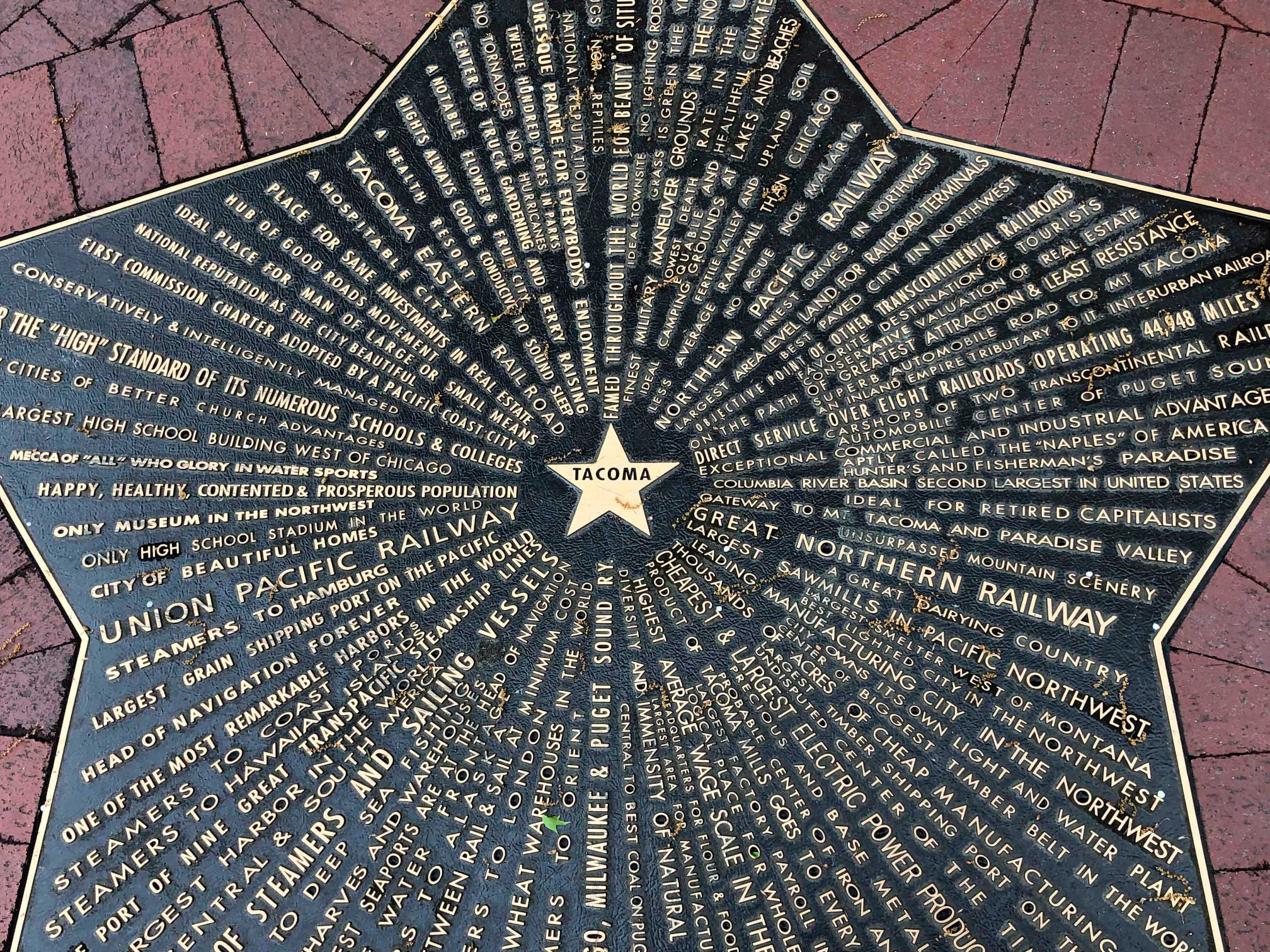By Morf Morford
Tacoma Daily Index
It’s difficult to think of Tacoma as the center of anything.
Perpetually eclipsed by its more flamboyant and near-estranged sister-city to the north, Tacoma straddles its history and identity, to paraphrase a fairly recent independent film, 30 miles from stardom.
Yet if you look at a map, you see that, except for directly north, Tacoma is the largest city for many, many miles – in fact literally to the western edge of North America.
Every city has its prime locations and its neighborhoods best avoided – or at least perennially neglected.
Tacoma has these of course, but what other city has immediate access to a major seaport, one of our nation’s largest military bases, a national park and an unbelievably productive agricultural rural area. Mix in state parks, railroads, cultural experiences (like museums, concerts and other events) – and of course, access to that cultural, technological and economic resource to the north of us, Tacoma has every kind of escape, distraction and refuge one could imagine.
Allen Mason, one of the founders of what would become Tacoma, saw Tacoma as the center of trade, culture and progress. His “star” of Tacoma located the city as the hub of a bewildering mix of people, ideas, inventions and geography, that, he was convinced, defined Tacoma as a city identified with its “destiny.”


Commencement Bay, Tacoma’s waterway to the world, earns its name by being the “commencement” – the beginning.
Both “destiny” and “commencement” are inherently opened-ended and defy definition. Neither one has clear limits or an end date – neither one is ever finished or accomplished.
Tacoma is a city, from the beginning, in process, a city defined by its movement, its ever shifting place, presence and identity.
As I’ve mentioned in a previous column, other cities have a defined skyline – one that, like Seattle’s Space Needle, immediately, and without any confusion, define the place.
Tacoma has no such identifying skyline or geographic feature. We do have, of course, Mt. Rainier, but, even though it dominates many Tacoma landscape photos, it is not always or exclusively identified with Tacoma – in fact it is the central graphic image on our statewide license plates on virtually every car you see on the road here.
Tacoma, also unlike most cities, has no central public square. I used to wish Tacoma had one of these, but now I see that Tacoma has, and needs, no center. Tacoma is, from its earliest days to its sometimes uncertain reach for its destiny, an amorphous being, always in flux, perhaps sometimes even in a state of precarious glory or greatness.
Tacoma has, perhaps, more than its share of detractors, and probably less than its share of advocates or evangelists.
Even those who cheer or promote Tacoma, like Allen Mason about a century ago (1*), will meet resistance and misunderstanding, and their work and visions for the city might be dismissed, ignored or even demolished.
Tacoma is a city of lost opportunities and architectural wonders as much as it is a city of accomplishments or recognition.
But again, this is what I have learned to love about Tacoma – its unrecognized hands, voices and characters that have literally built this city, pounded those spikes into the rail lines, placed those bricks and paving stones into place, and even now pour concrete or asphalt into foundations or potholes.
Tacoma is a place where the visible impact of influences – like glaciers, mountains, waterways and literal faultlines – and influencers – from tribal and civic leaders to ticked-off or inspired citizens defines our current character, if not the names of many of our streets, parks and schools.
It would be easy, and probably close to accurate, to say that Tacoma’s identity and “brand” is as jumbled, contradictory and fragmented as our history, but there, I am convinced, is the sturdy, unpolished appeal of Tacoma.
We float, we adapt, we change, we learn, we forget and we persist. (2*) There is no “one way” to know, experience or define Tacoma.
And I wouldn’t have it any other way.
(1*) You can see more about Allen C. Mason here – https://gritcitymag.com/2018/01/singing-tacomas-praises-made-allen-c-mason-an-1890s-millionaire/
(2*) For a different, though complementary, appraisal of Tacoma, I suggest this article – https://crosscut.com/2014/12/5-things-about-tacoma-benjamin-anderstone-2.








